People-watching is one of the joys of urban life, perhaps nowhere more than in Paris, a city that I love but visit rarely. Quite by chance a recent trip unfolded during the autumn semaine de la mode, Fashion Week, a moment on the calendar when the French capital’s fabulosity quotient ticks up to eleven. Although I have little interest in what happens on the runways, it was hard not to be taken with the display in the streets and cafés: beautiful people dressed stylishly in seemingly endless abundance. Some may have been involved with the official celebrations, but I suspect a good many more, Parisians or tourists, were merely following a collective vibe.
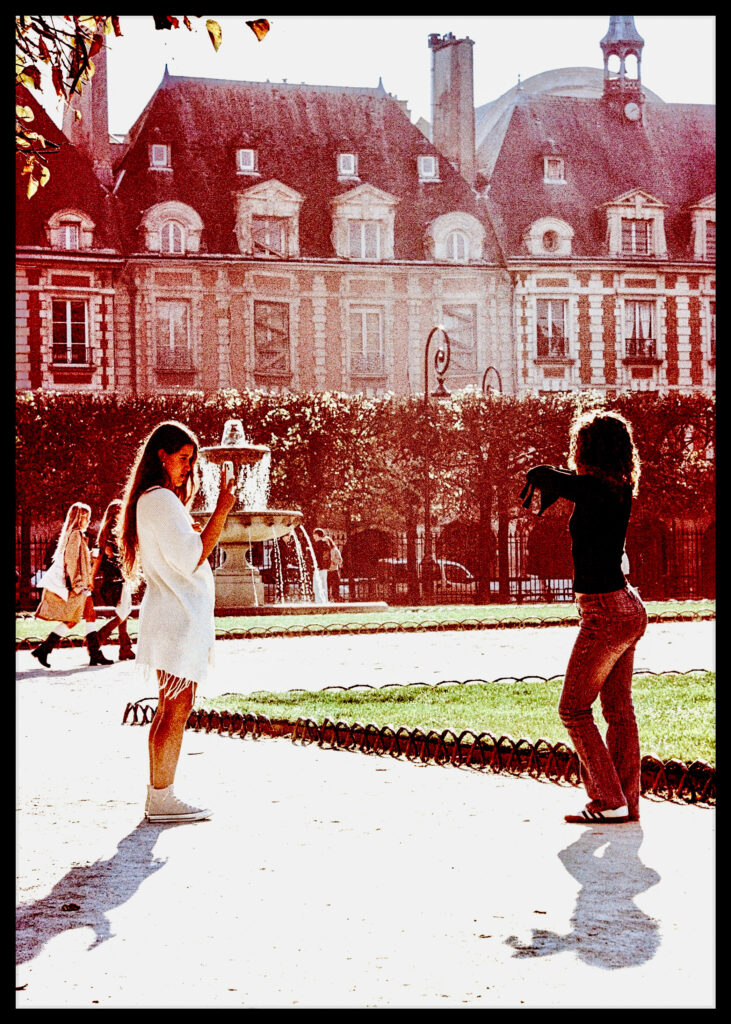
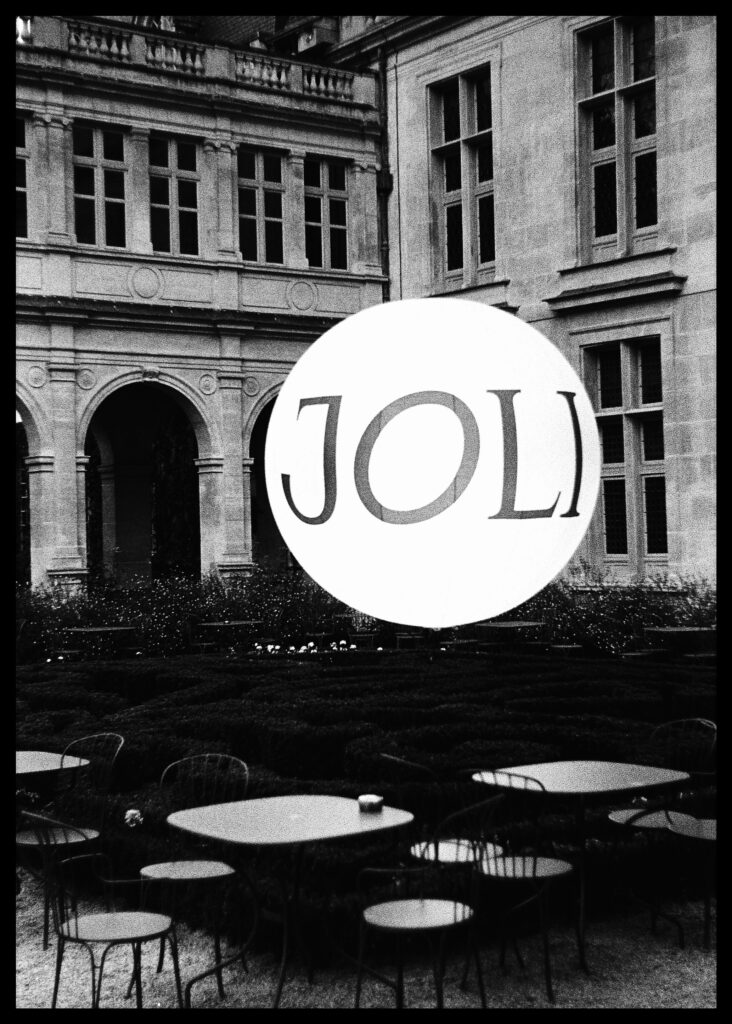

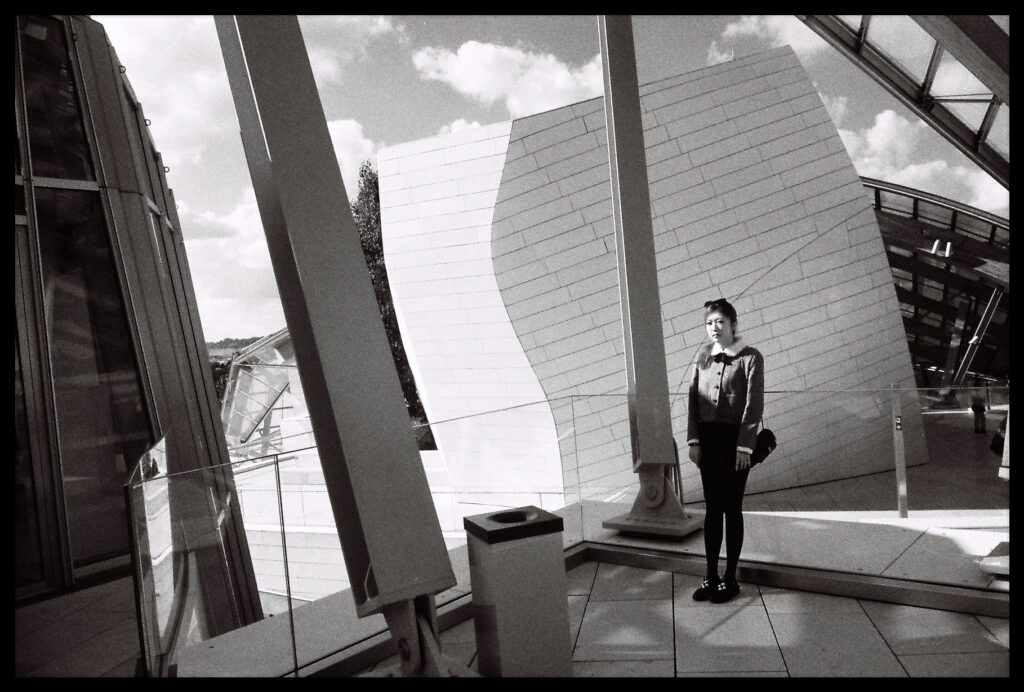
Those of you who have been following my posts here this past year may be a bit surprised by my choice of camera for this trip. 2025 has at least in theory been my “Year of the Rolleiflex,” a resolution that I have bent here and there but have largely kept to. All of this was swept away this past summer when I purchased a black-enamel 1933 Leica III, an early 60th birthday present, after reading an excellent 35mmc blog post by Curtis Heikkinen praising those early Leitz cameras. I had in fact owned a Barnack Leica for a few months in 2019, but like many people found many aspects of that camera frustrating (the challenge of loading film; the absence of an onboard light meter; the tiny split viewfinder and rangefinder windows).
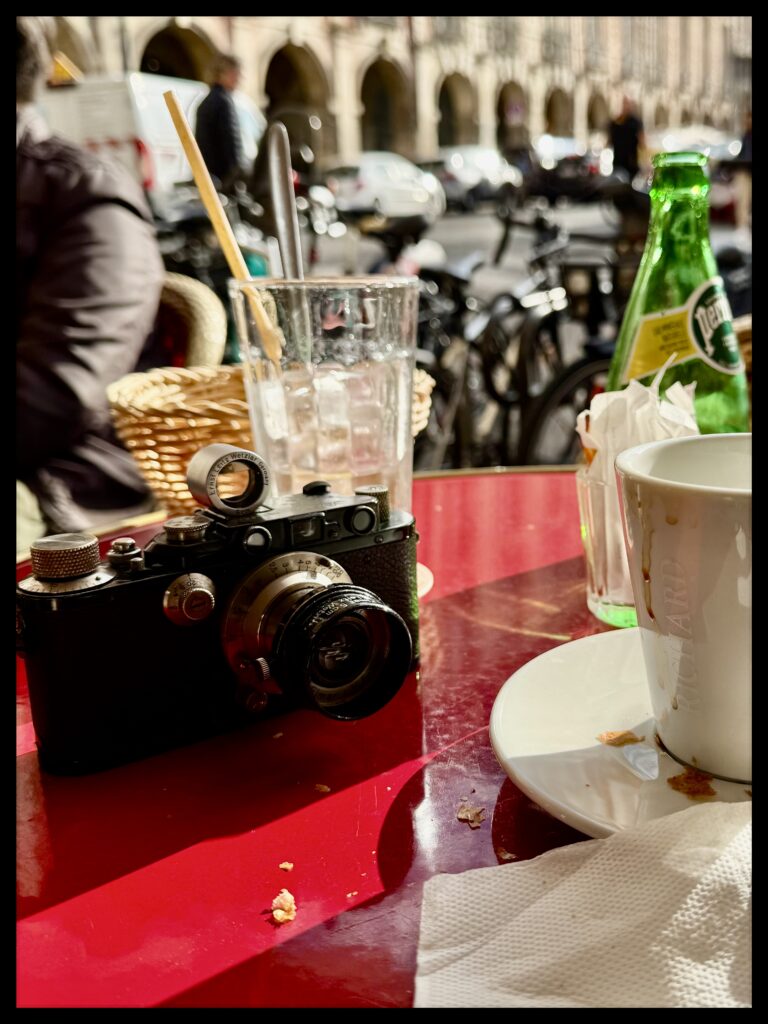
In the intervening years however my priorities have changed alongside my vastly increased experience with shooting quirky film cameras. Far from burdensome, the compact and minimalist Leica III seemed to fill some barely conscious longing. I’m almost embarrassed to record that since I received the package in July, the camera has seldom left my side. Its diminutive size—smaller than my smartphone with its lens retracted—allows it to be slipped into a pocket when not in use. When out and about I carry the camera on a wrist strap. With aperture set at f8 to f11 for zone focusing and the shutter speed dialed at 1/100th to 1/500th of a second depending on lighting conditions and film ISO, I rarely miss a shot.


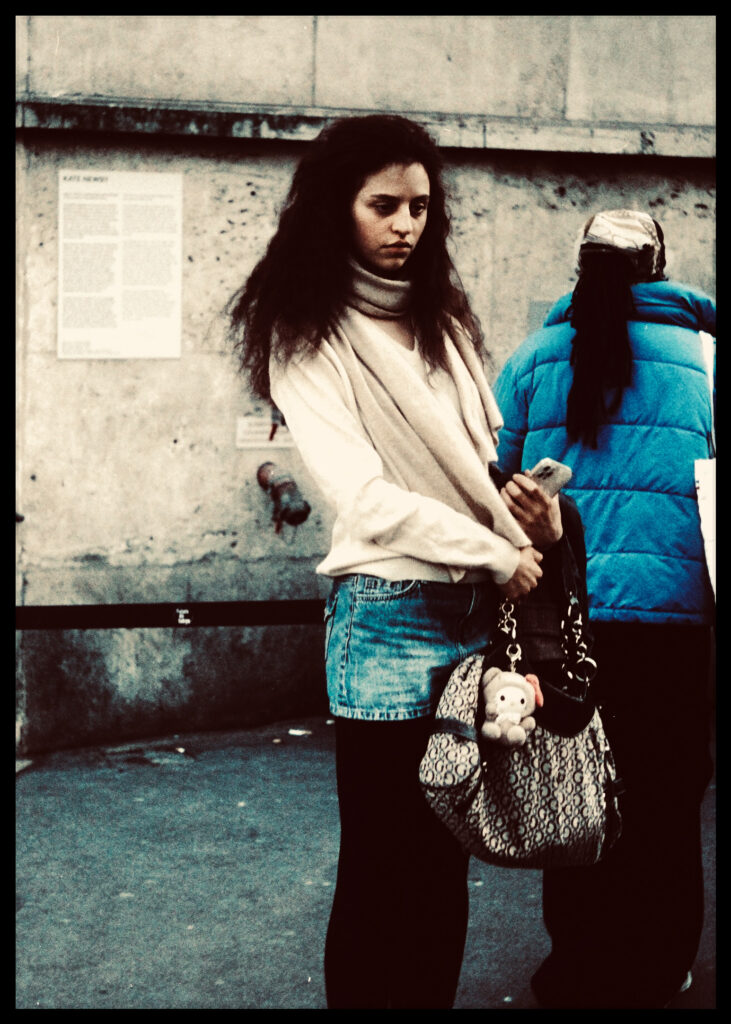
The other marvel of this camera is the lenses. In my earlier experience with Leica Ms, I went down the rabbit hole of seeking maximum aperture. The culmination of this was the purchase of a used brass/chrome Summilux 50 f1.4 ASPH, a gorgeous, stupidly expensive hunk of glass that on occasion turned out breathtaking photos (portraits, especially, where the meltingly smooth out-of-focus areas showed to perfection).
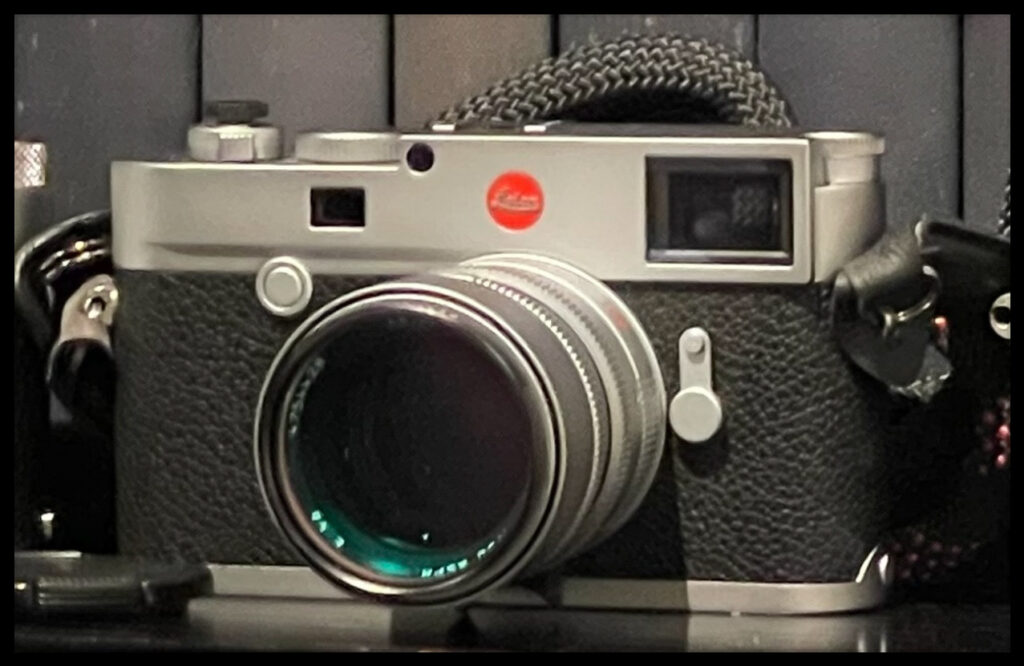
Despite that lens’s virtues, I never fully bonded with it. It was just too heavy for comfortable daily carrying, and I ultimately sold it and in its place employed a succession of other optics, eventually settling on the Leica DR Summicron 50 (also a heavy lens, but one that balances better on the M3 body than my Summilux). Even with this later lens, however, I often found myself leaving the M3 on the shelf in favor of my Rolleiflex, a camera that weighs roughly the same and in use for whatever reason generally brings a greater sense of pleasure.

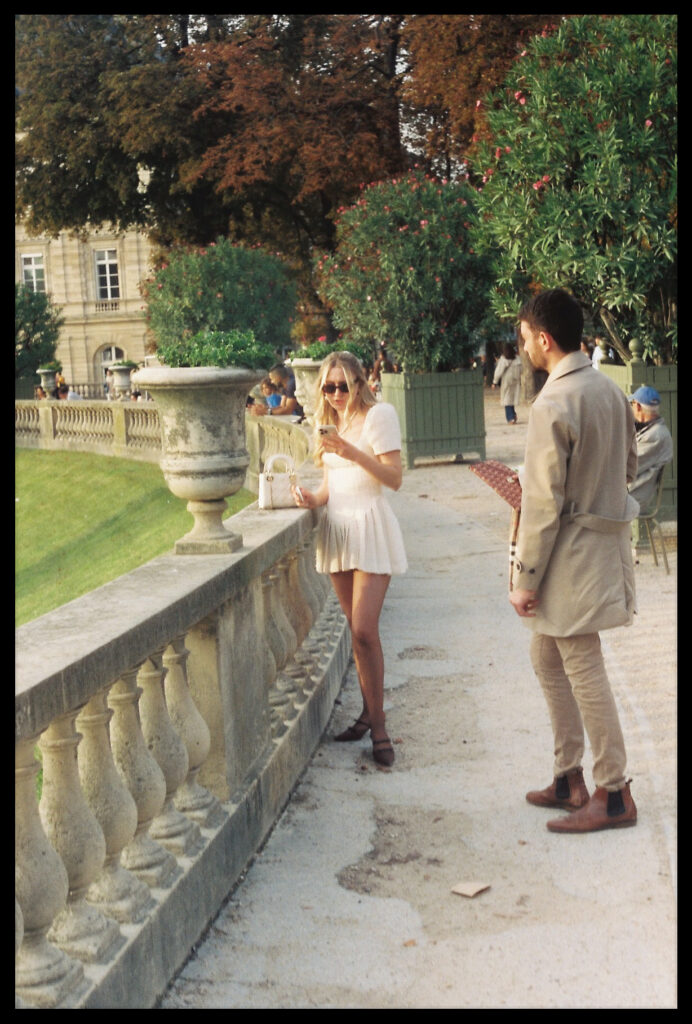

I concluded from this that I was probably mostly a “medium format guy,” or at the very least a “one-lens guy” who found carrying multiple focal lengths taxing. With the Leica III, however, I was encouraged to explore optics designed by the legendary Max Berek, first-generation Leitz lenses whose most salient characteristic is their tiny size. For the trip to Paris I carried three, a 1930 collapsible Elmar 50mm f3.5, a 1935 28mm Hektor f6.3, and a 1946 90mm Elmar f4, all of which together weigh scarcely more than that one brass/chrome Summilux (492 grams vs. 460 grams for the Summilux, to be exact).

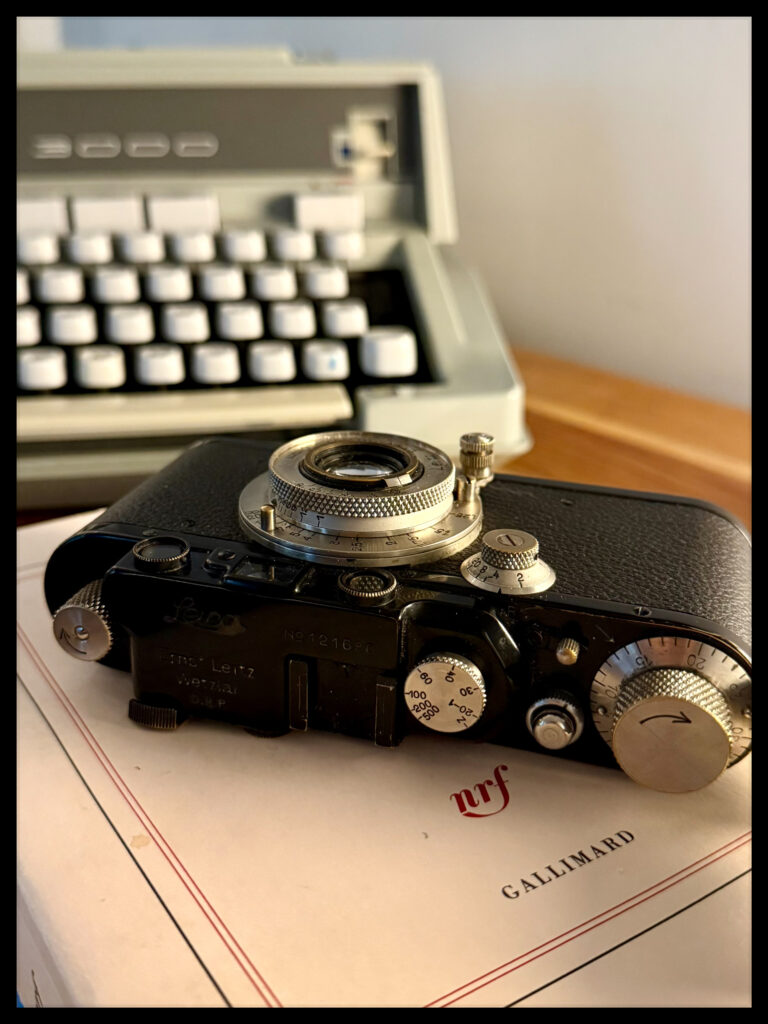
Old, slow and lacking coatings to boost contrast and prevent flare, these lenses, despite an attractive vintage character, have a mixed reputation on the Internet, where they are often compared unfavorably to more modern offerings. While flare can be an issue when shooting directly into light, I found that as long as I used hoods the lenses delivered excellent results in black and white and color (except in cases as below when I deliberately courted flare to create a certain mood).
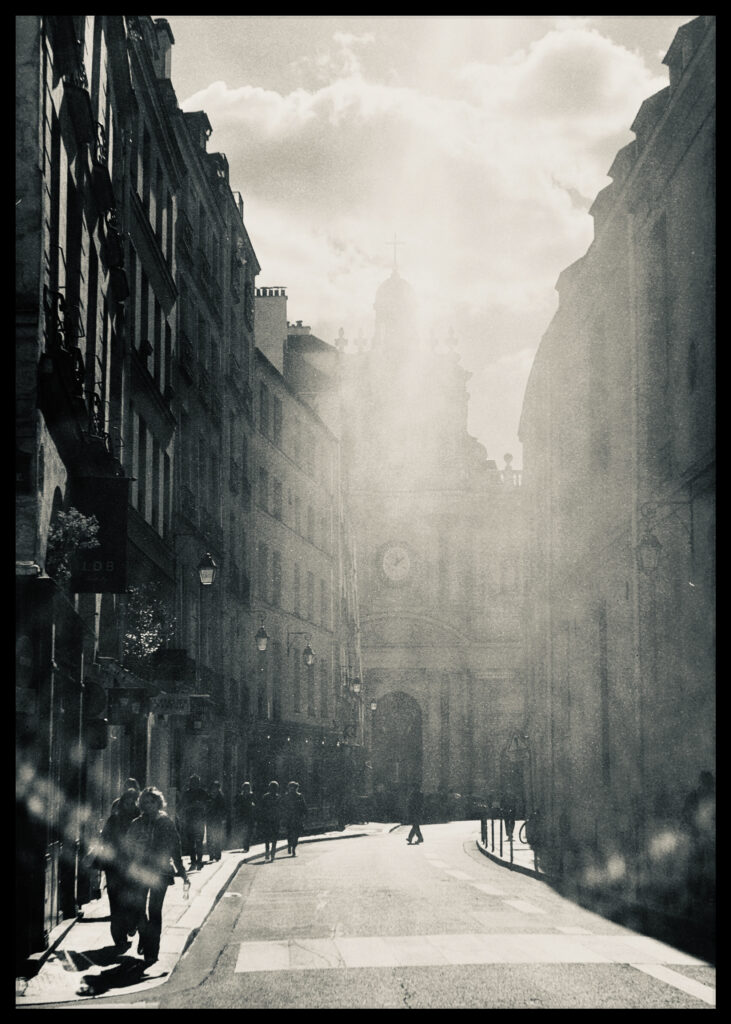
Like many photographers before me, I worked around the lens’s slowness by choosing lower shutter speeds or pushing ISO, for example during night shooting. Although swapping out these screwmount lenses takes a bit longer than the bayonet-mounts, having the optics close by— literally in my pocket—encouraged me to experiment. The extra reach of a short telephoto for a portrait or the expansion of the wide-angle Hektor for architecture proved invaluable, allowing me perhaps for the first time in my film photography journey to comfortably tailor a focal length to the particular scene while on the go.

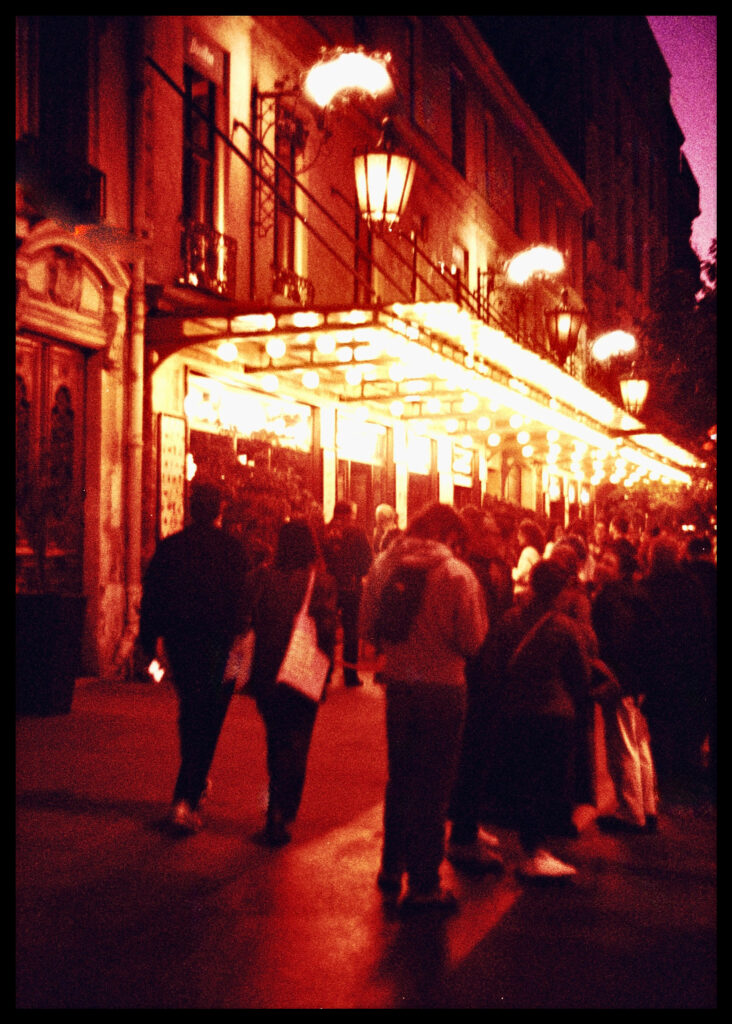
The final reason I fell for the Leica III—and it meshes well with the theme of Fashion Week—is the unexpected exhilaration that comes with shooting this ninety-two year-old camera. While part of this stems from the Leica mystique (brand propaganda to which I am obviously susceptible), I find the original Barnack concept, best expressed in these early models, almost irresistibly enjoyable in practice. This tiny “Lilliput camera,” as its creator Oskar Barnack famously called it, allowed photographers a century ago for the first time to put aside the ponderousness of a huge apparatus and approach making photos with a degree of spontaneity and even whimsy. In Paris during Fashion Week with this—my only fashionable accessory—in hand, I felt their presence, as it were, smiling over my shoulder.
Thanks for reading.
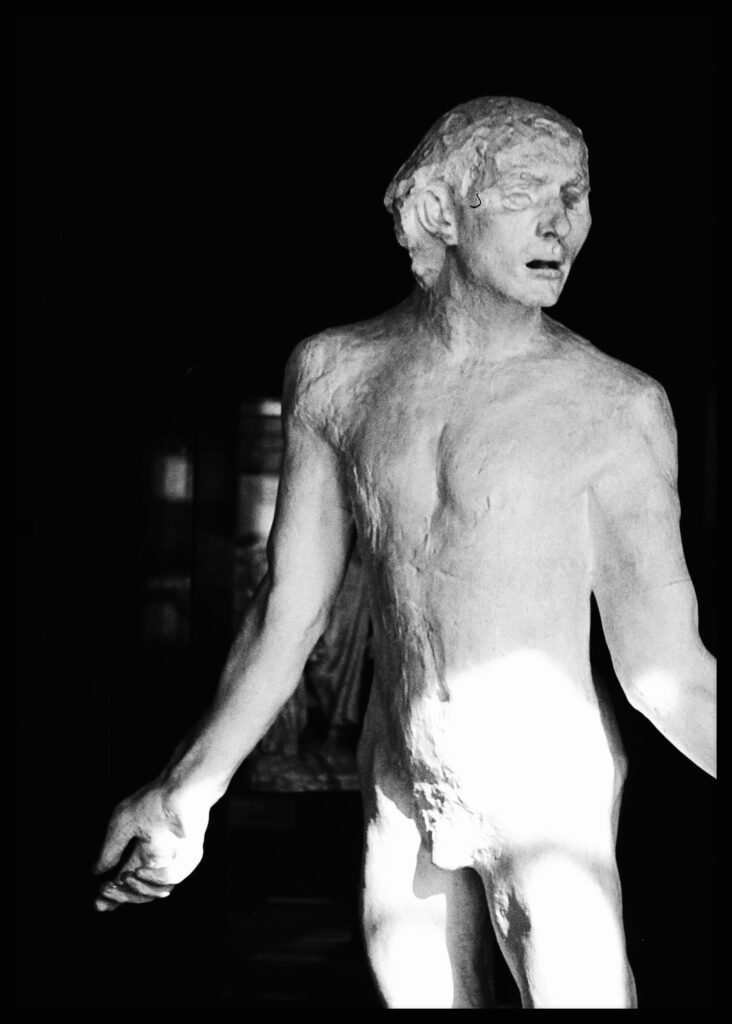

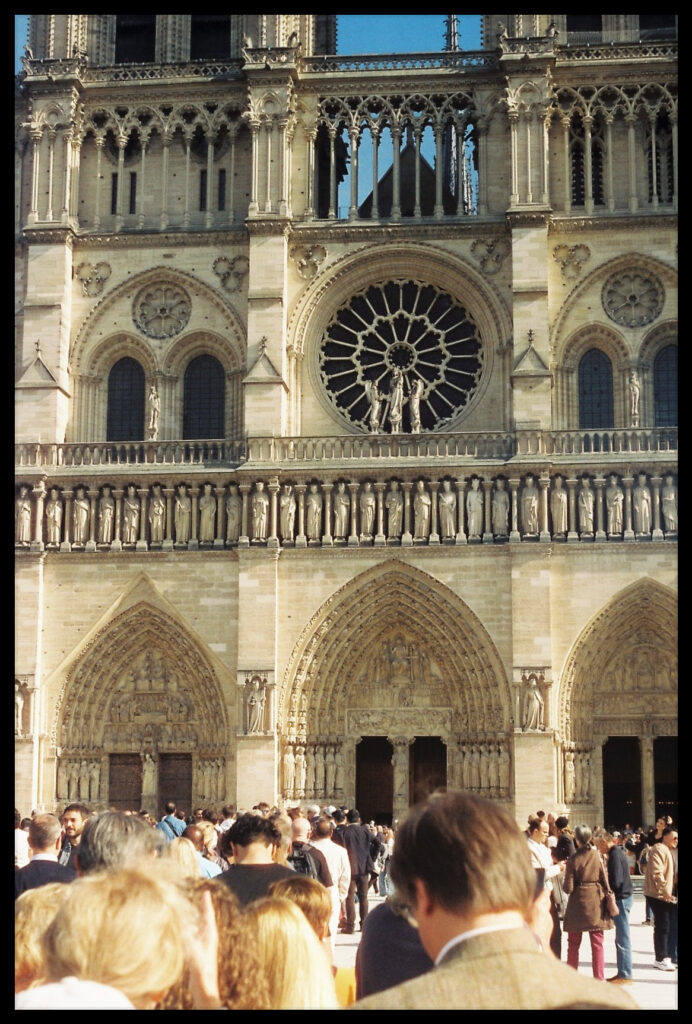
Featured Image: A Fashionable Address. Leica III, Hektor 2.8cm f6.3, Ilford HP5.
Share this post:
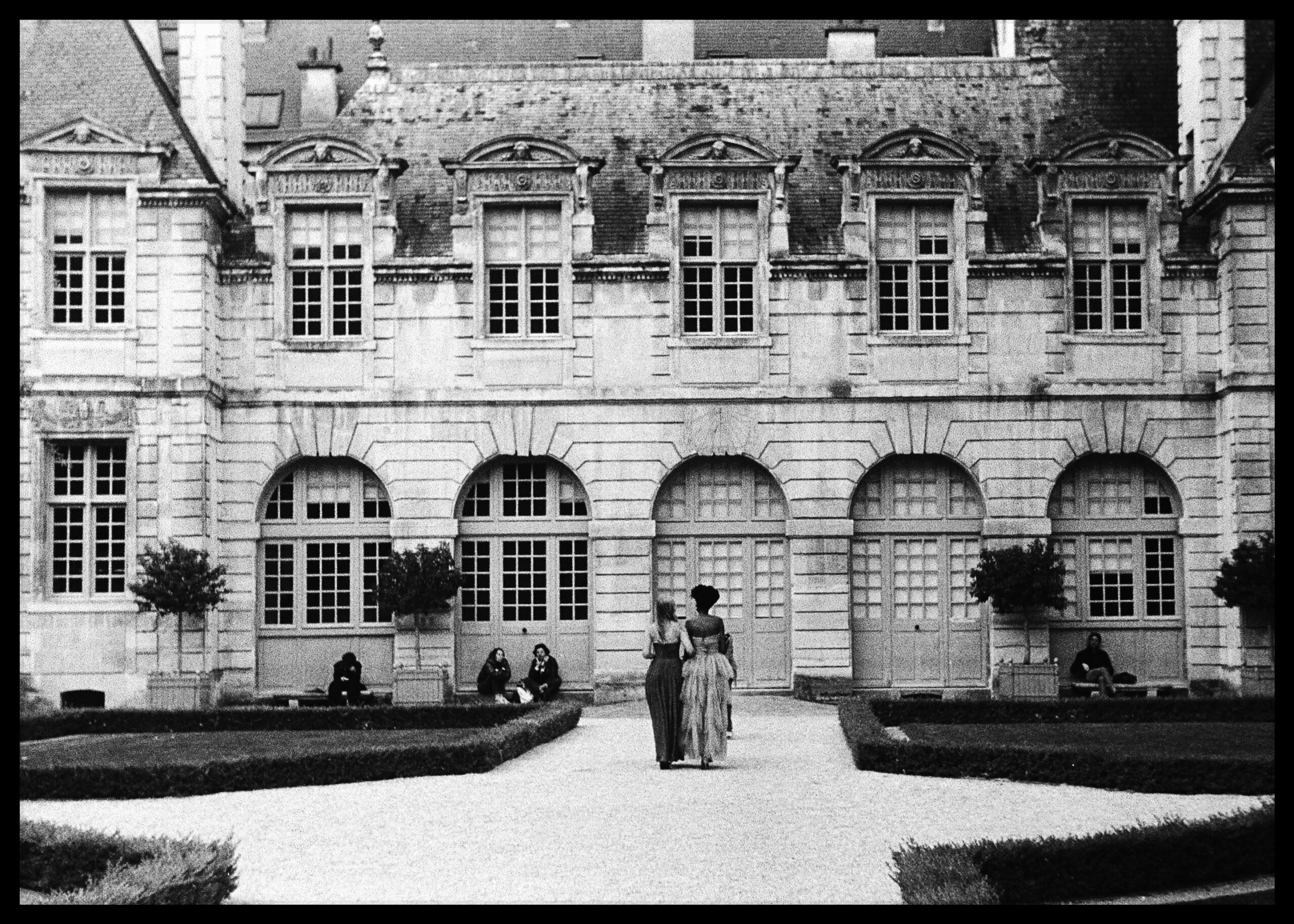




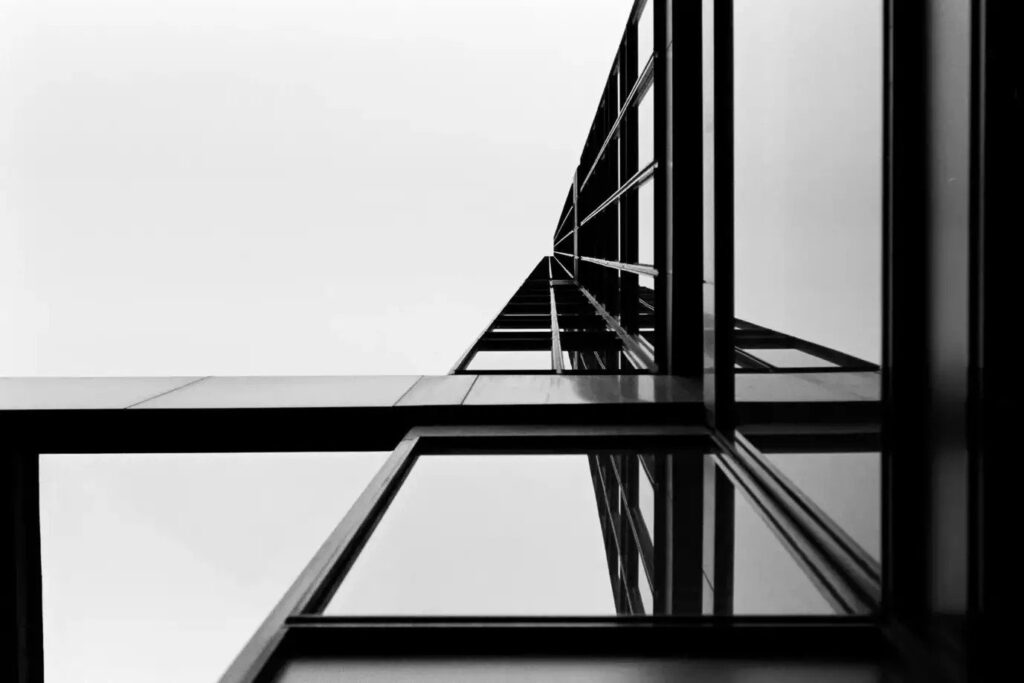


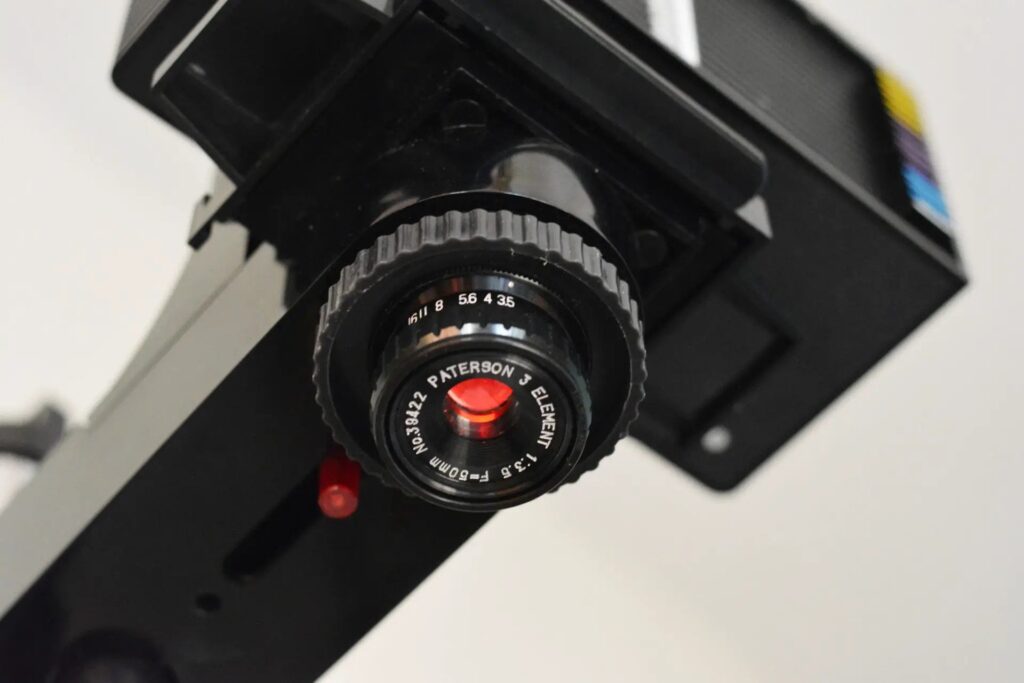
Comments
Patrick Medd on Paris Fashion Week with My New Crush: a Pre-War Leica
Comment posted: 17/11/2025
Stefan Wilde on Paris Fashion Week with My New Crush: a Pre-War Leica
Comment posted: 17/11/2025
You’re a better man than I am, Gunga Din!
It is always a pleasure to see the sheer skill on display on 35mmc. Good golly, these are great! Thanks for posting!
Thomas Wolstenholme on Paris Fashion Week with My New Crush: a Pre-War Leica
Comment posted: 17/11/2025
Neil Lloyd on Paris Fashion Week with My New Crush: a Pre-War Leica
Comment posted: 17/11/2025
Charles Young on Paris Fashion Week with My New Crush: a Pre-War Leica
Comment posted: 17/11/2025
My first Leica is a IIIg. I was also seduced by Leica copies such as
a Canon and the Fed 2 and 3. A long time ago I learned how to use
cameras that have no batteries ... use a selenium cell exposure meter, etc, resulting in
a lotta nice photos.